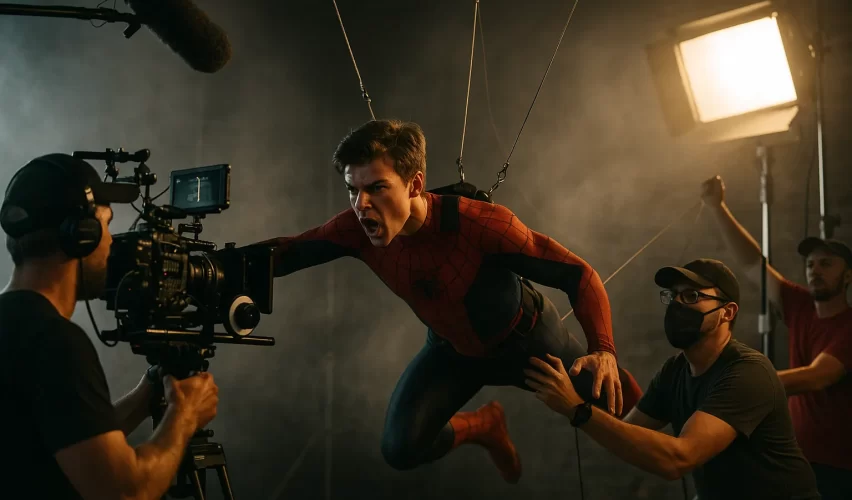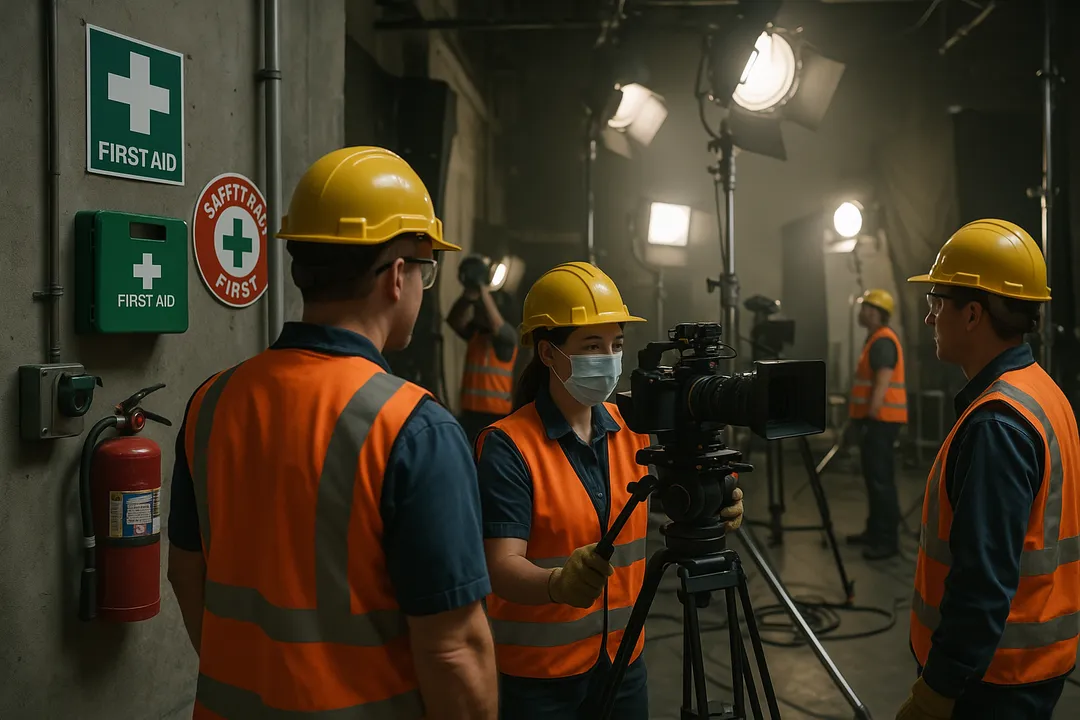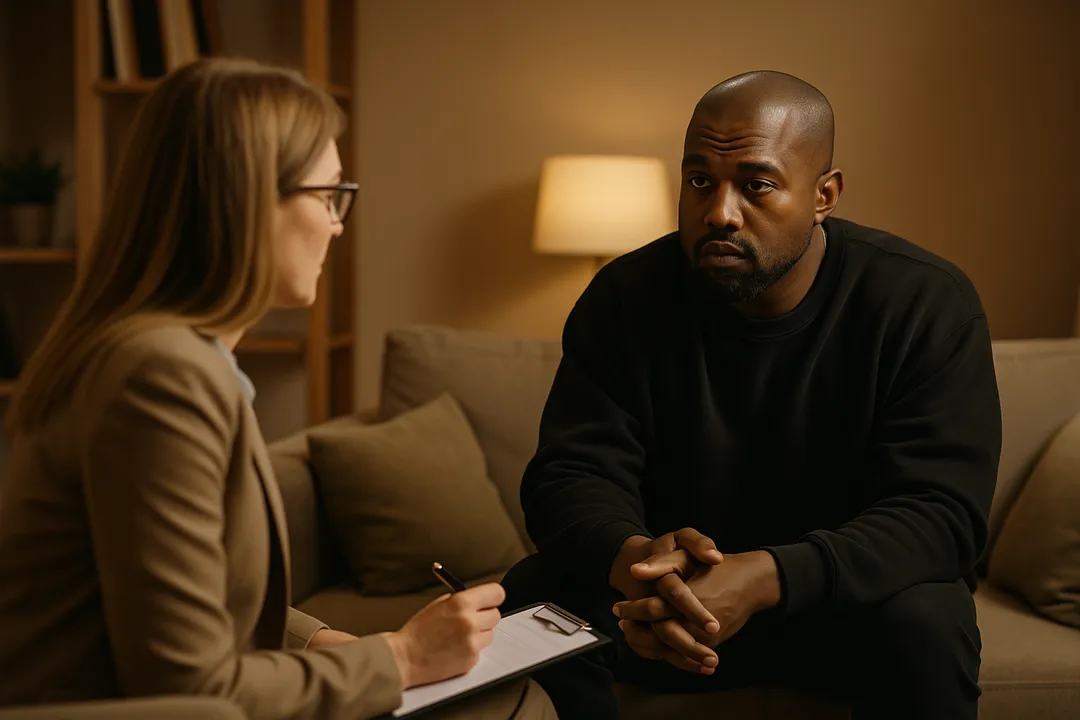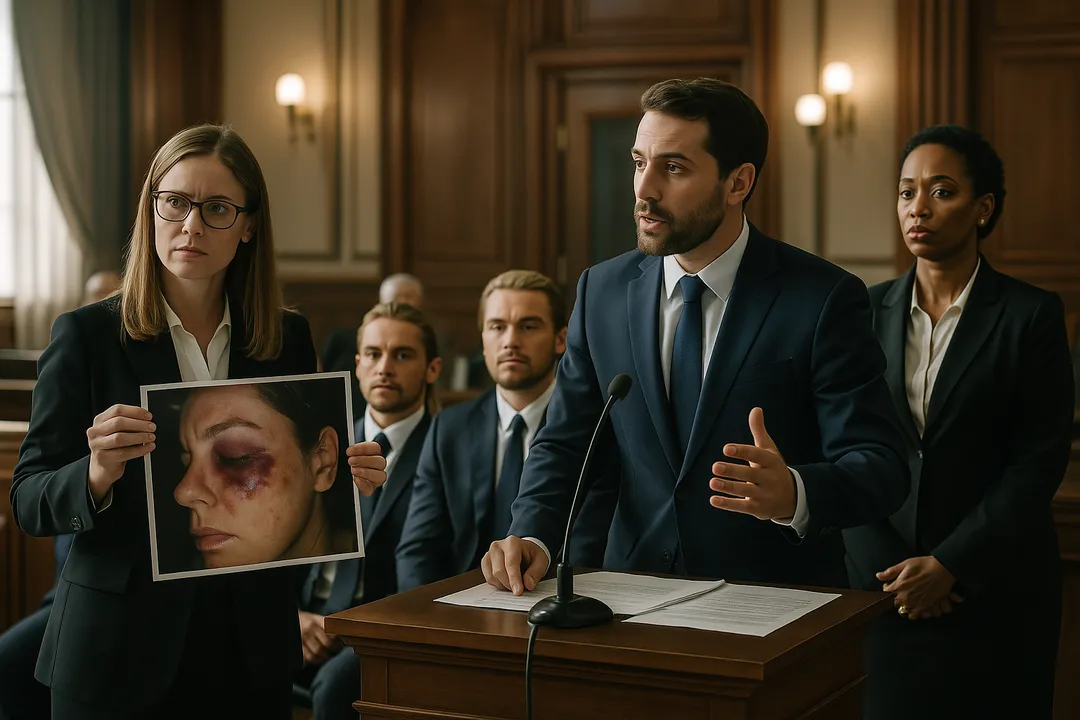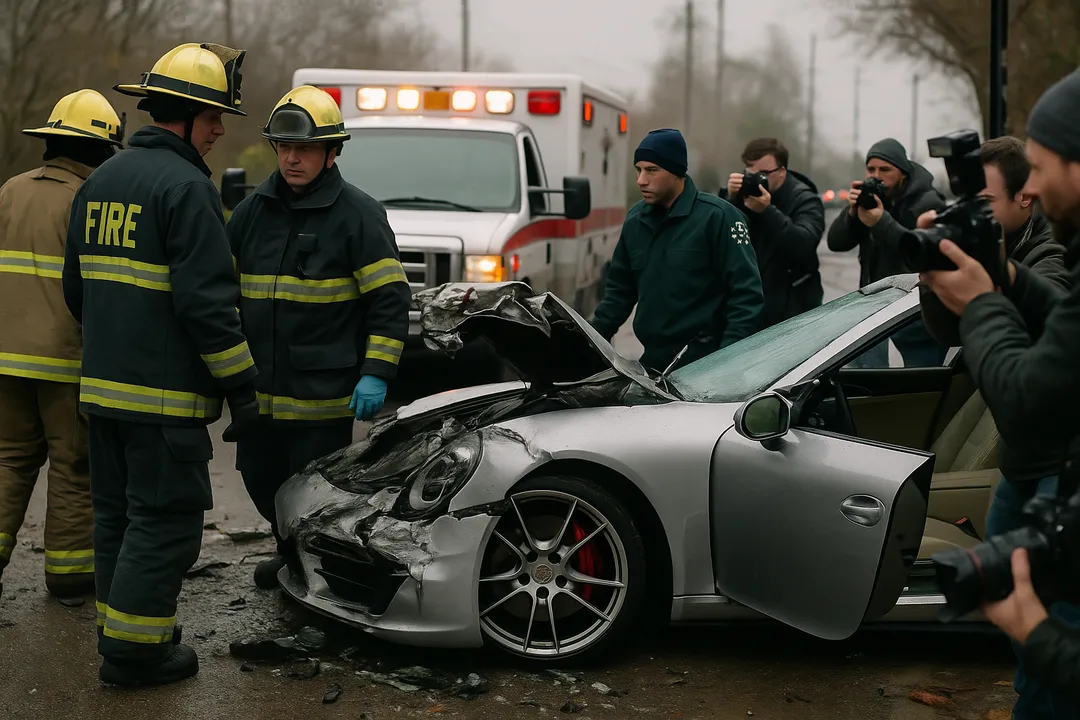The entertainment industry was shaken in September 2024 when Tom Holland, the beloved 29-year-old actor who has brought Spider-Man to life for millions of fans worldwide, suffered a mild concussion while filming a stunt sequence for “Spider-Man: Brand New Day” at Pinewood Studios. The incident, which occurred during what sources describe as a routine stunt gone wrong, has reignited critical discussions about safety protocols in high-budget superhero productions and the legal responsibilities of studios when their star performers are injured on set.
Holland’s injury, while described as mild, was serious enough to require hospitalization and force a temporary halt to production on one of Marvel’s most anticipated upcoming releases. The actor’s subsequent appearance at a charity event with fiancée Zendaya, despite his recent head trauma, has raised questions about the pressure on celebrities to maintain public appearances even while recovering from potentially serious injuries.
This incident represents more than just another on-set accident—it highlights the complex intersection of celebrity safety, production liability, and the enormous financial pressures that drive modern blockbuster filmmaking. As we explored in our analysis of on-set accidents and film production safety, the legal implications of such incidents extend far beyond immediate medical concerns to encompass questions of negligence, insurance coverage, and long-term career impact.
The Incident: What Happened on Set
According to multiple industry sources, Tom Holland’s concussion occurred during the filming of a stunt sequence at Pinewood Studios, the renowned British film facility that has hosted numerous high-profile productions. The specific details of how the accident occurred remain somewhat unclear, but reports indicate that Holland was performing his own stunt work when something went wrong, resulting in a head impact severe enough to cause a mild concussion.
The fact that Holland was hospitalized following the incident underscores the seriousness with which head injuries are treated in the entertainment industry. Concussions, even mild ones, can have unpredictable and potentially long-lasting effects, particularly for performers whose careers depend on physical coordination, memory, and cognitive function.
What makes this incident particularly noteworthy is that it occurred during the production of a major Marvel film, where safety protocols are typically among the most stringent in the industry. The Marvel Cinematic Universe has invested billions of dollars in its Spider-Man franchise, and Holland’s portrayal of the character has been central to that success. An injury to the lead actor during production represents not just a personal health crisis but a significant business disruption with potentially massive financial implications.
The immediate response to Holland’s injury—halting production and ensuring he received proper medical care—demonstrates the industry’s growing awareness of the serious nature of head injuries. However, questions remain about how such an incident could occur despite the extensive safety measures that are supposed to be in place during stunt work.
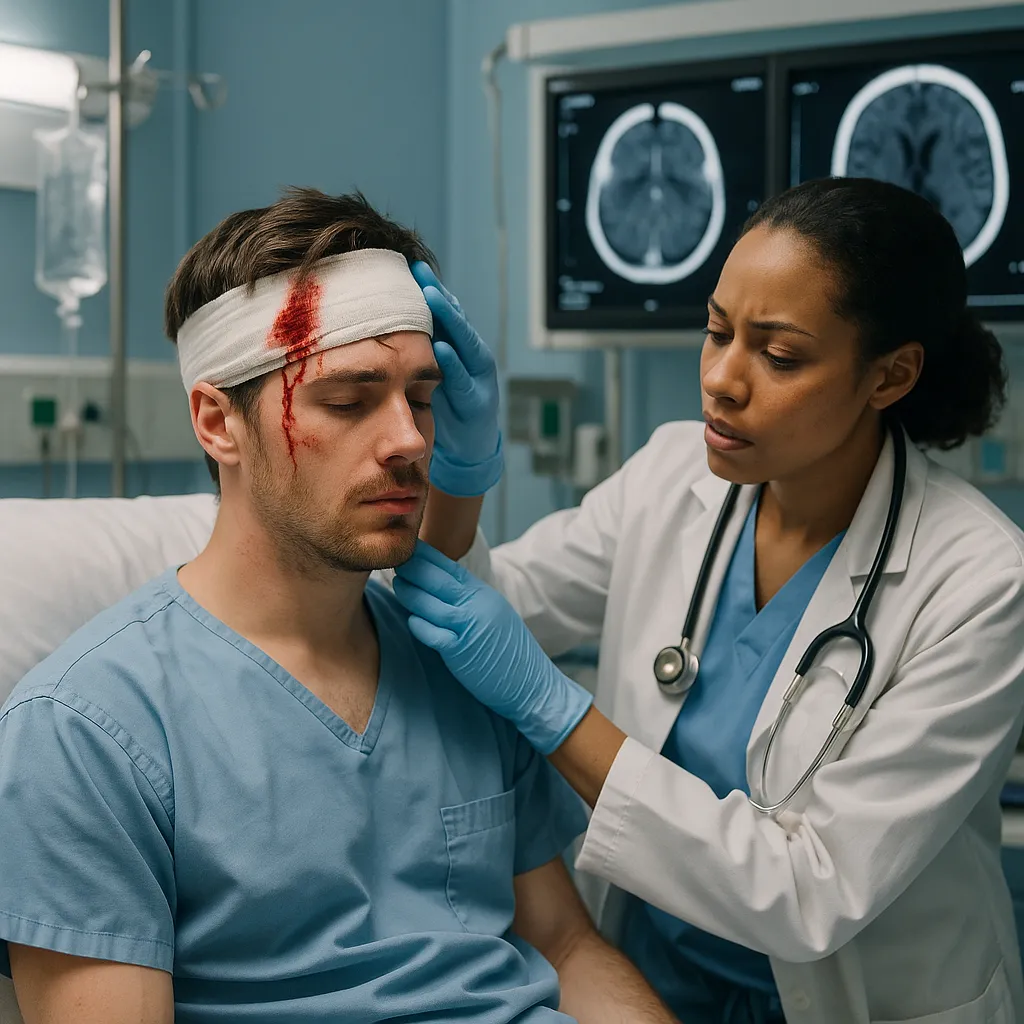
Legal Implications of On-Set Injuries
The legal ramifications of Holland’s concussion extend far beyond the immediate medical concerns, touching on complex issues of workplace safety, production liability, and celebrity employment law. As detailed in our comprehensive analysis of stunt double vs. celebrity injury liability, the question of responsibility when actors are injured performing their own stunts is particularly complex.
Under both British and international entertainment law, film productions have a duty of care to ensure the safety of all personnel, including lead actors who choose to perform their own stunts. This duty extends to providing adequate safety equipment, proper training, and appropriate supervision during dangerous sequences. When an injury occurs, the question becomes whether the production company met these obligations or if negligence contributed to the accident.
The fact that Holland was performing his own stunt rather than using a stunt double adds another layer of legal complexity. While actors often have contractual rights to perform certain types of stunt work, productions also have obligations to assess the risks and ensure that proper safety measures are in place. The balance between artistic vision, actor preference, and safety requirements creates a legal gray area that often becomes contentious when injuries occur.
Insurance considerations also play a crucial role in these situations. Major productions like “Spider-Man: Brand New Day” carry extensive insurance coverage for cast injuries, but the specific terms of these policies can affect how claims are handled and what compensation is available. The fact that Holland’s injury occurred while he was performing stunt work rather than during regular acting may affect coverage determinations.
The Business Impact of Star Injuries
The financial implications of Holland’s injury extend far beyond immediate medical costs to encompass production delays, insurance claims, and potential long-term impacts on the film’s release schedule and marketing plans. When a lead actor is injured during production, the ripple effects can be enormous, particularly for a franchise as valuable as Spider-Man.
Production delays caused by star injuries can cost studios millions of dollars per day in crew wages, equipment rental, and facility costs. For a major Marvel production, these costs can quickly escalate into the tens of millions of dollars. The decision to halt production immediately following Holland’s injury, while medically prudent, represents a significant financial commitment by the studio to prioritize safety over schedule pressures.
The incident also raises questions about the long-term sustainability of having lead actors perform their own stunts in increasingly complex and dangerous action sequences. While audiences appreciate the authenticity that comes from actors doing their own stunt work, the financial and legal risks may eventually force studios to reconsider these practices.
Marketing and promotional considerations add another dimension to the business impact. Holland’s injury occurred during a critical phase of production, and any long-term effects could potentially affect his ability to participate in the extensive promotional campaigns that are essential for major blockbuster releases.
Industry Safety Standards and Protocols
The entertainment industry has developed increasingly sophisticated safety protocols for stunt work over the past several decades, driven in part by high-profile accidents and the resulting legal and financial consequences. However, Holland’s injury suggests that even the most advanced safety measures may not be sufficient to prevent all accidents during complex action sequences.
Modern film productions typically employ multiple layers of safety oversight, including stunt coordinators, safety supervisors, and medical personnel on set during dangerous sequences. The specific safety protocols for superhero films like Spider-Man are often even more extensive, given the complex wire work, practical effects, and physical demands involved in creating convincing action sequences.
The question that arises from Holland’s injury is whether existing safety protocols are adequate for the increasingly ambitious and complex stunt work required for modern superhero films. As action sequences become more elaborate and realistic, the risks to performers—whether actors or stunt professionals—continue to increase.
Industry organizations and regulatory bodies are likely to scrutinize this incident as part of ongoing efforts to improve safety standards. The specific circumstances of Holland’s injury may lead to new protocols or modifications to existing safety requirements for similar types of stunt work.
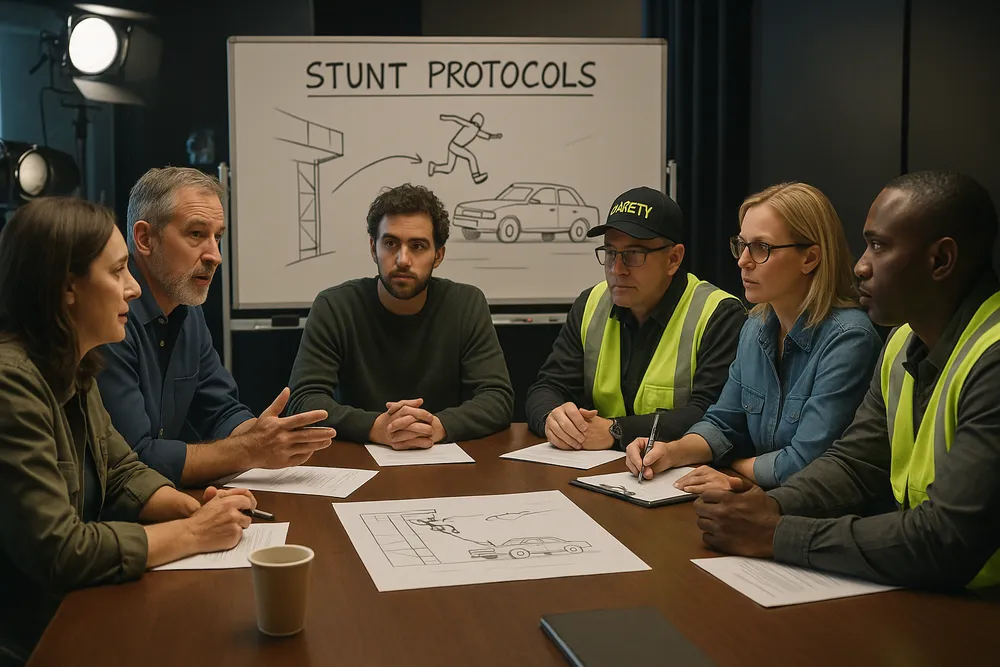
Medical Considerations and Recovery
Concussions, even mild ones, require careful medical management and monitoring, particularly for performers whose careers depend on cognitive and physical function. Holland’s hospitalization following his injury reflects the serious approach that medical professionals take to head trauma, regardless of initial severity assessments.
The medical management of celebrity concussions presents unique challenges that go beyond typical patient care. The pressure to return to work quickly, combined with the public scrutiny that accompanies celebrity injuries, can complicate the recovery process and potentially lead to premature return to activities.
Holland’s appearance at a charity event shortly after his injury, while admirable from a personal commitment standpoint, raises questions about whether he was following appropriate medical advice regarding rest and recovery. Medical professionals typically recommend avoiding public appearances and high-stress situations during the acute phase of concussion recovery.
The long-term implications of Holland’s injury will depend largely on how well he follows medical advice and allows proper healing time. Concussions can have lasting effects if not properly managed, and the entertainment industry has become increasingly aware of the potential for long-term cognitive and physical impacts from head injuries.
Comparison to Previous On-Set Incidents
Holland’s injury is unfortunately not unique in the entertainment industry, where on-set accidents involving major stars have become increasingly common as action sequences become more complex and ambitious. As we documented in our analysis of celebrity health scares that shook the world in 2025, the entertainment industry has seen numerous high-profile injuries in recent years.
Previous incidents involving major stars have established important legal precedents regarding production liability, insurance coverage, and safety requirements. The outcomes of these cases often influence how similar situations are handled and what preventive measures are implemented for future productions.
The specific circumstances of Holland’s injury—occurring during stunt work on a major franchise film—make it particularly relevant to ongoing discussions about industry safety standards. The response from Marvel Studios, Pinewood Studios, and other involved parties will likely influence how similar situations are handled in the future.
The Role of Stunt Coordinators and Safety Personnel
The presence of experienced stunt coordinators and safety personnel on film sets is crucial for preventing injuries during dangerous sequences. However, even the most experienced professionals cannot eliminate all risks, particularly when actors choose to perform their own stunts in complex action sequences.
Stunt coordinators have both creative and safety responsibilities, working to achieve the director’s vision while ensuring that risks are minimized and proper safety protocols are followed. When injuries occur, questions often arise about whether adequate safety measures were in place and whether the risks were properly communicated to all involved parties.
The specific role of safety personnel during Holland’s injury will likely be scrutinized as part of any investigation into the incident. Understanding what safety measures were in place and how they failed to prevent the injury is crucial for improving protocols and preventing similar incidents in the future.
Insurance and Financial Protection
The insurance implications of Holland’s injury are complex and far-reaching, affecting not only immediate medical costs but also production delays, potential long-term health impacts, and career considerations. Major film productions typically carry extensive insurance coverage for cast injuries, but the specific terms and coverage limits can vary significantly.
Cast insurance policies often include provisions for production delays caused by star injuries, but these policies may have limitations on coverage for injuries that occur during stunt work or other high-risk activities. The specific circumstances of Holland’s injury will likely affect how insurance claims are processed and what compensation is available.
The financial protection available to Holland personally will depend on his individual insurance coverage, contractual provisions with the studio, and any applicable workers’ compensation or other statutory protections. Celebrity insurance policies often include specific provisions for career-threatening injuries, but the terms of these policies are typically confidential.
Impact on Future Productions and Industry Practices
Holland’s injury is likely to have lasting effects on how the entertainment industry approaches safety during stunt work, particularly for major franchise films where the financial stakes are enormous. The incident may lead to new safety protocols, modified insurance requirements, or changes in how studios approach the use of lead actors in dangerous sequences.
The specific lessons learned from this incident will likely influence safety practices across the industry, not just for Marvel productions but for all major action films. The entertainment industry has a history of implementing new safety measures following high-profile accidents, and Holland’s injury may serve as a catalyst for additional improvements.
The long-term impact on Holland’s career will depend largely on his recovery and any lasting effects from the concussion. However, the incident has already raised questions about the sustainability of having lead actors perform increasingly dangerous stunts in major franchise films.
Legal Precedents and Future Implications
The legal handling of Holland’s injury case will likely establish important precedents for how similar incidents are managed in the future. The specific legal theories pursued, insurance coverage determinations, and any settlements or judgments will influence how the industry approaches similar situations.
As we explored in our analysis of celebrity lawsuit trends in injury cases, the entertainment industry has seen an evolution in how celebrity injury cases are handled, with increasing emphasis on prevention and comprehensive insurance coverage.
The outcome of any legal proceedings related to Holland’s injury will be closely watched by industry professionals, insurance companies, and legal experts as a potential indicator of future trends in entertainment industry liability and safety requirements.
The Pressure to Continue Working
One of the most concerning aspects of Holland’s situation is the apparent pressure to maintain public appearances and professional commitments despite his recent head injury. His attendance at a charity event shortly after his concussion raises questions about the realistic expectations placed on celebrities during recovery periods.
The entertainment industry’s demanding schedules and financial pressures often create situations where performers feel compelled to continue working or making public appearances even when medical advice might suggest otherwise. This pressure can be particularly intense for lead actors in major franchise films, where their absence can have enormous financial implications.
The balance between professional obligations and medical recovery is a delicate one that requires careful management by medical professionals, agents, and studio executives. Holland’s situation highlights the need for clear protocols that prioritize health and safety over commercial considerations.
Conclusion
Tom Holland’s concussion during the filming of “Spider-Man: Brand New Day” represents more than just another on-set accident—it’s a case study in the complex challenges facing the modern entertainment industry as action sequences become increasingly ambitious and the financial stakes continue to rise. The incident highlights the ongoing tension between artistic vision, commercial pressures, and safety considerations that defines much of contemporary filmmaking.
The legal, medical, and business implications of Holland’s injury extend far beyond the immediate circumstances to encompass broader questions about industry safety standards, celebrity health management, and the responsibilities of studios to protect their most valuable assets—the performers who bring their stories to life.
As the entertainment industry continues to evolve and push the boundaries of what’s possible in action filmmaking, incidents like Holland’s serve as important reminders of the human costs that can accompany these ambitious productions. The industry’s response to this incident—in terms of safety improvements, legal precedents, and insurance practices—will likely influence how similar situations are handled for years to come.
For Holland personally, the incident represents a significant health challenge that will require careful management and potentially long-term monitoring. His recovery and return to work will be closely watched not only by fans but by industry professionals seeking to understand the full implications of on-set injuries in the modern entertainment landscape.
The broader lessons from this incident extend beyond the entertainment industry to any workplace where employees face physical risks in pursuit of professional goals. The balance between ambition and safety, commercial success and personal well-being, remains a challenge that requires ongoing attention and continuous improvement in safety practices and legal protections.


